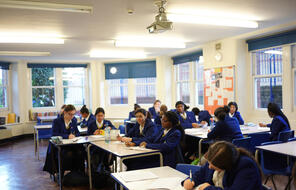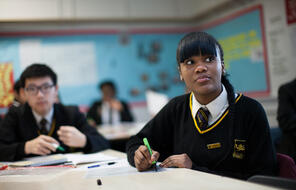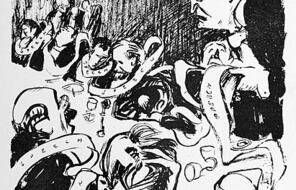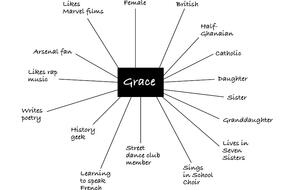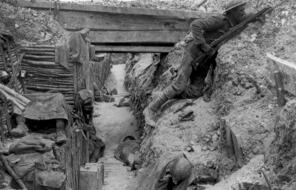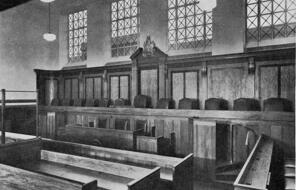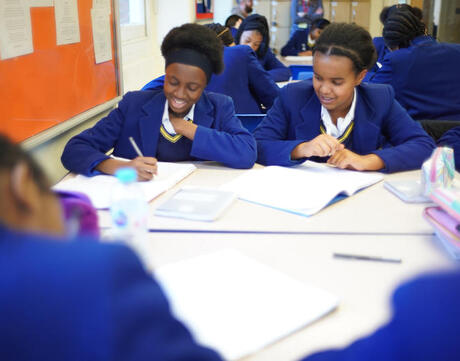
Building a Classroom Community
Overview
About this Lesson
The purpose of this first lesson is to help the class develop an environment that is conducive to learning and sharing. Throughout this scheme of work, students will be talking about sensitive topics, such as social class, gender expectations, and discrimination, and how those concepts can impact individuals’ choices and actions, both in the world of the text and in students’ own lives. It is, therefore, important that a supportive and a reflective classroom community has been established to help students discuss these topics as and when they arise.
In this lesson, students work together to create a contract, with the aim of developing a reflective classroom community, where students are known and know one another. Creating a classroom contract is an important step in fostering and maintaining a community where students honour and value differing perspectives, question assumptions, voice their opinions, and actively listen to others. When students feel empowered to contribute honestly and wrestle with multiple perspectives besides their own, such discussions can be positive and even life-changing. Moreover, when students are involved in the creation of a classroom contract alongside their teacher, rather than receiving the rules from their teacher, they are more likely to take responsibility for upholding the norms and expectations that the group establishes to guide their interactions and discussions.
This lesson is an important foundation lesson that you can use at the start of any scheme of work. We recommend that you and your students revisit the classroom contract periodically to review your agreed upon norms, especially before engaging with challenging content and discourse activities.
Preparing to Teach
A Note to Teachers
Before teaching this lesson, please review the following information to help guide your preparation process.
Lesson Plans
Activities
Extension Activities
Depending on your students and their readiness for contracting, consider using one or both of the following activities to replace Steps 2 and 3 in the Activities section of the lesson plan. Alternatively, you can spread contracting over multiple class periods and incorporate the following activities into this lesson plan:
Materials and Downloads
Building a Classroom Community
Get Prepared to Teach this Scheme of Work in Your Classroom
Exploring Where I'm From
Unlimited Access to Learning. More Added Every Month.
Facing History & Ourselves is designed for educators who want to help students explore identity, think critically, grow emotionally, act ethically, and participate in civic life. It’s hard work, so we’ve developed some go-to professional learning opportunities to help you along the way.
Exploring ELA Text Selection with Julia Torres
On-Demand

Working for Justice, Equity and Civic Agency in Our Schools: A Conversation with Clint Smith
On-Demand

Centering Student Voices to Build Community and Agency
On-Demand




